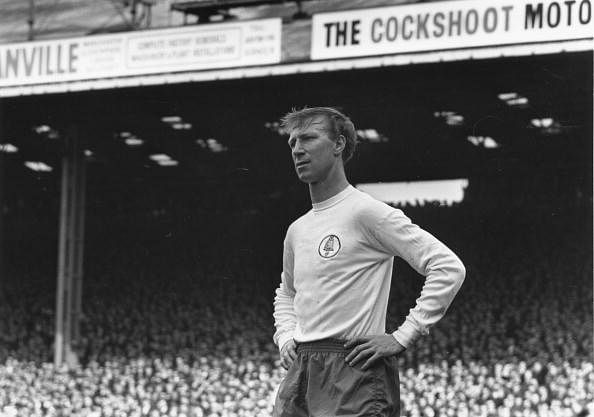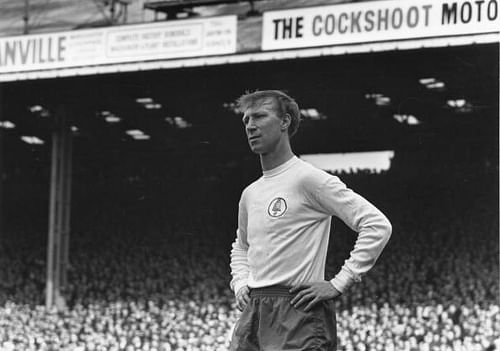
Tales from the crypt: 'The Leeds City scandal'

Jack Charlton – Leeds United
If you thought financial irregularity is a recent phenomenon and the player auctions are Indian Premier League’s innovation, then get ready to be surprised.
Excluding the ones who have just started to follow English football, fans will surely be familiar with the name ‘Leeds United’. Their fairy-tale story of playing in champions league to the nightmare of financial difficulties and the resulting relegation to the second and later to the third division of English league football is well know. But very few will know why ‘Leeds United’ was formed and the monumental events prior to its formation.
It all started with what became infamously famous as the ‘Leeds City Scandal’ of 1919.
Leeds United’s predecessor Leeds City FC was formed in August 0f 1904. The club started off by playing against local clubs in the West Yorkshire League and some friendlies with the big clubs of that era. They were absorbed by the English league in the 1905-06 season and started playing in the second division. A stint with regular association league football broke the rugby domination in Leeds as fans flocked to support their new footballing stars.
The challenge of playing the first season along with the associated hype and excitement spurred the team to a surprisingly high 6th position finish at the end of the season. The second season syndrome was evident in the next season, with the club struggling to find the energy and the form of the previous season. They went on to finish in the mid table where they largely remained through-out their existence. Having flirted with relegation in two separate seasons, Leeds City FC narrowly missed promotion in the 1913-14 season when they finished 4th, their highest league finish.
Leeds City’s existence was to be a rather uneventful one, with Billy McLeod’s 171 goals in 289 League appearances being the highlight for the fans. The club remained in the second division through-out its short, nothing out-of-the-ordinary lifetime. But that was not how it was to end. The club grabbed the headlines towards the very end, although for all the wrong reasons.
During the world war, when league football was suspended, Leeds were unexpectedly successful in the unofficial league championship and friendlies. More than 30 ‘guest’ players, including many internationals like Franny Walden and Charlie Buchan, appeared for them. After the dark days of the war, league football’s resumption was largely anticipated. In the first season back, a rejuvenated Leeds City FC, considered favorites for promotion, started along with all the other clubs, but were not to see the season out.
Charlie Copeland, left back, a regular during the war years, fell out with the club over a pay raise. He further went on to make allegations of the club making illegal payments to war time guest players. Although such incidents were not uncommon in the English football fraternity at that time, the FA and the Football League could not ignore the allegations once it was formally brought to their notice.
Another factor which pushed the club into darkness during the same time was the conflict between the chairman Joseph Connor and the manager George Cripps. The chairman simply did not rate Cripps - he maintained that Cripps was mishandling the club’s business affairs and getting things into a mess. Cripps was as disliked by some of the club’s playing staff as he was by Connor.